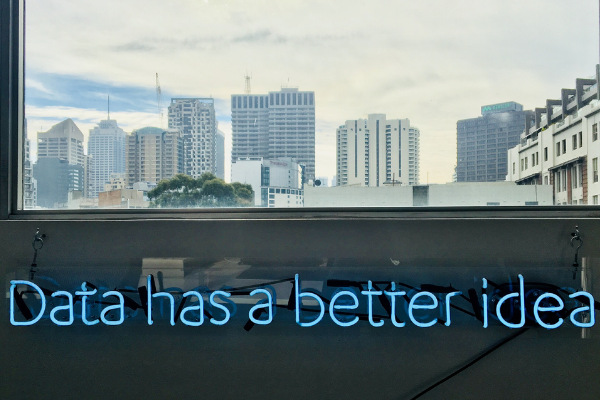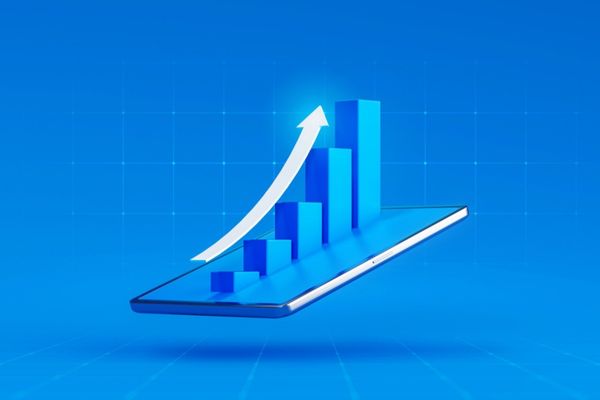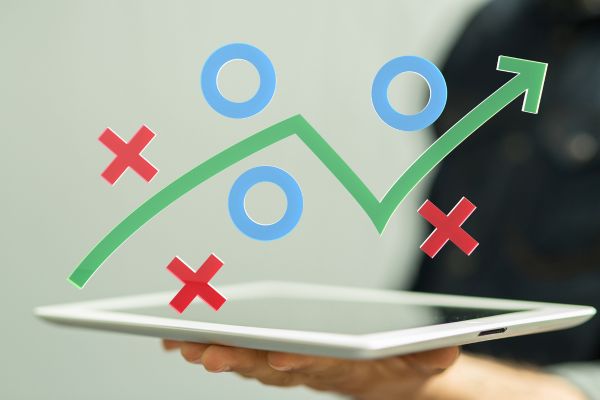Insights
INSIGHTS
All Topics
My Account
What is ‘wide data’?
01 Jun 2022by Paul Rubens
Charities that collect a small amount of data from many different sources can avoid the expense and complexity of vast data stores. We take a closer look at how your charity could benefit
In the world of Pokémon, the marketing phrase is “Gotta Catch ‘em all!” For many data driven charities, the principal is something similar: “Gotta store it all!”
As a result, many charities have vast repositories of data about donors, supporters, and the people or causes that they aim to help. The idea is that by using Big Data analytics, valuable insights can be extracted from this data. And there is no doubt that Big Data analytics can provide hugely valuable insights that charities can benefits from.
But there are a number of problems which surround Big Data. An obvious one is that large stores of data can be expensive and difficult to manage – especially for smaller charities. Exploiting Big Data also requires a certain level of expertise, which smaller charities may not easily have access to.
Ultimately there is also the “can’t see the wood for the trees” problem: charities may have so much data that they lose track of what they have, and simply don’t know how to make the best use of it.
Small and wide
The good news is that there is a shift in thinking away from Big Data and towards something that’s becoming known as Wide Data.
Wide Data sets are much smaller than Big Data sets, making them easier to manage, but the key defining characteristic is that wide data is made up of data that comes from many disparate and unconnected data sources.
The move to Wide Data is only just beginning, but technology research firm Gartner predicts that 70% of organisations will shift their focus from Big to Small and Wide Data by 2025.
What is wide data?
So what do we mean by data from disparate unconnected sources? Let’s take the example of tides. You could study the tide at Weston Super Mare and collect data about it, and you could use it to make certain predictions.
But tides are influenced by the sea’s interaction with the moon, so by collecting data about the position of the moon as well as data about the tide, you could make far more accurate and long range predictions about the tide.
Analysing a small quantity of tide data combined with a small quantity of moon data would yield better results than analysing vast amounts of tide data.
Wide data in action
Here’s a concrete example of how Wide Data can benefit charities. New York City homeless charity CAMBA and marketing analytics firm SumALL used wide data to identify families which were about to become homeless, so that CAMBA could intervene and help.
Historically, CAMBA used the 200,00 eviction notices issued each year in the city as a key data source to identify families at risk of homelessness. But by pulling in data from different sources, such as past experience with the shelter system, past experience with the foster care system, education level, employment status and age, CAMBA was able to identify the most at risk cases and use its resources to help the families more efficiently.
“It really is the power of wide data, of seeing correlations in spots that have never been connected before,” said Dane Atkinson, CEO of SumALL.
Benefits of wide data
What’s interesting particularly interesting is that 200,00 eviction notices is not a large number when it comes to Big Data analytics, but by combining this with data from other sources it is large enough for Wide Data analytics. These types of smaller data sets are also easy to manage for smaller charities and other organisations.
As well as being smaller, Wide Data sets are often more “personal” – providing more detail about individuals’ habits and preferences – rather than providing picture insights.
That means it may be better suited to charities looking to:
- Communicate personal messages to constituents
- Identify key constituent segments (such as those most at risk of homelessness)
- Understand the best communications channels to engage with them
How can your charity acquire and use Wide Data?
In the tides example above, it’s necessary to understand (or just suspect) that the moon influences the tides so that the decision can be made to add moon data to the pool of tide data. In the same way, it’s necessary to think about what sort of data would be (or may be) helpful to add to your existing data pool in order to widen it effectively.
Then it comes down to your charity collecting this data itself, or acquiring it either by buying it or by taking it from free data sources such as:
More on this topic
Recommended Products
Featured Products
Our Events
Charity Digital Academy
Our courses aim, in just three hours, to enhance soft skills and hard skills, boost your knowledge of finance and artificial intelligence, and supercharge your digital capabilities. Check out some of the incredible options by clicking here.


















